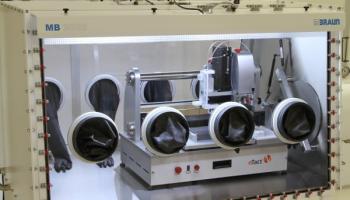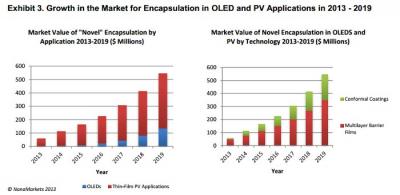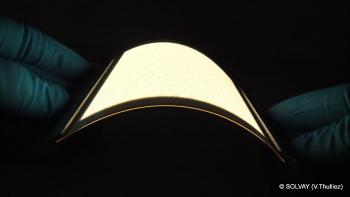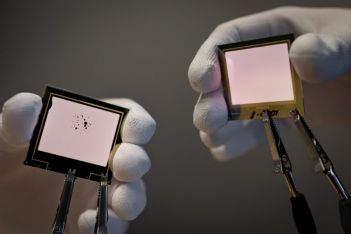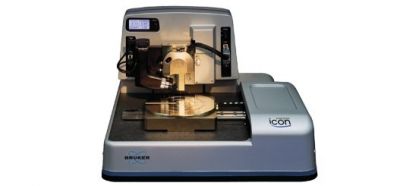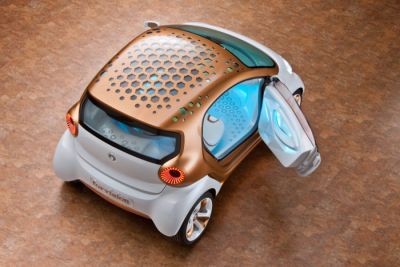An introduction to CPI's OLED prototype line facility
The Centre for Process Innovation (CPI) is a UK based R&D institute that helps companies develop and scale manufacturing processes. The CPI sent us the following video and update on its OLED/OPV prototype line (built by MBraun) that was designed to enable materials companies, device designers and end users to develop their technology within a fully automated, controlled environment.
CPI's system supports both small evaporized and soluble OLED materials. The line uses slot die technology to allow the coating of substrates in a highly repeatable and reproducible manner with a uniform film thickness of under 50 nm.


